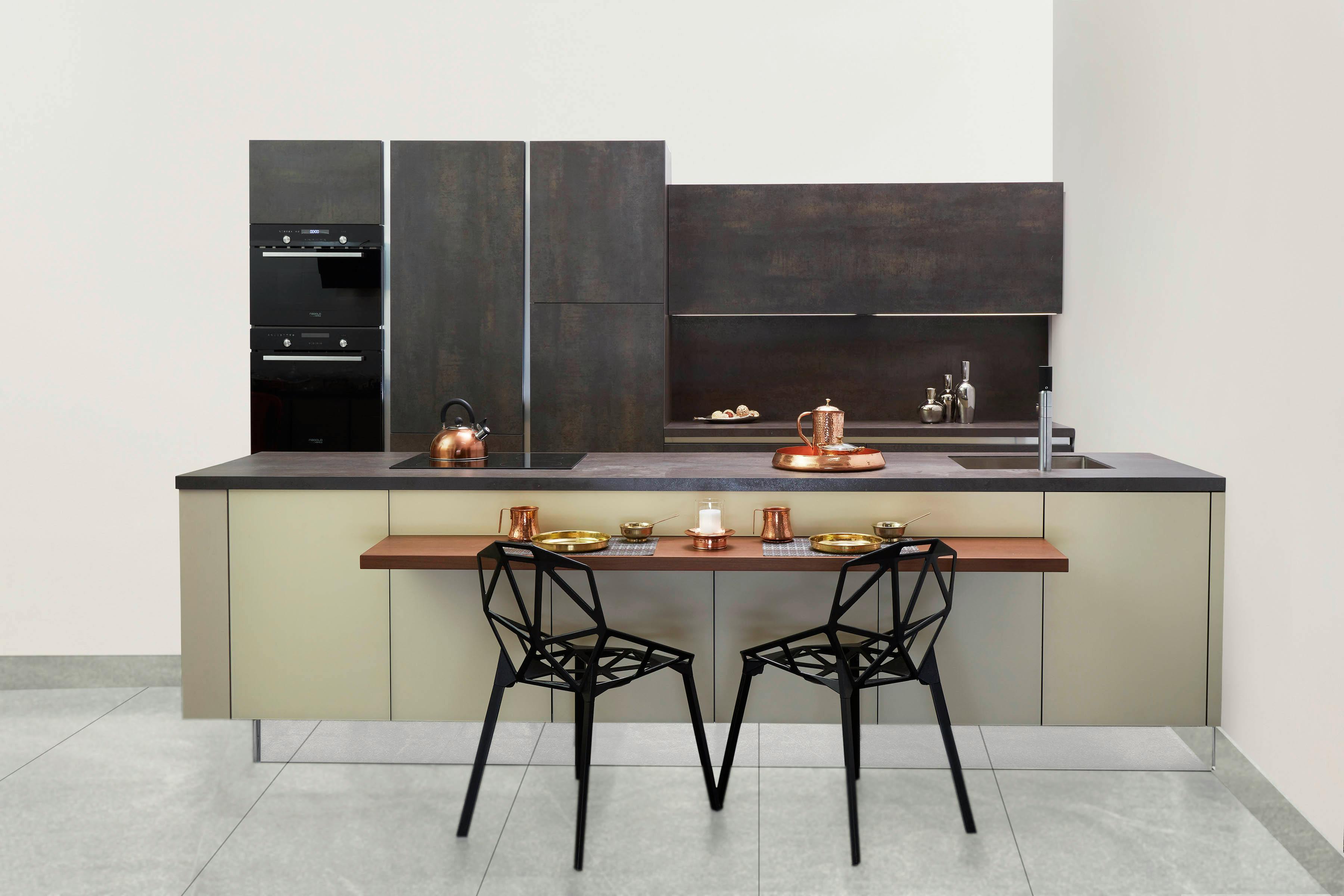
old family kitchen
So you have finally decided to take the plunge and redesign your kitchen. Before you take the ax to the door frames or tear up the floor, you’ll need a thorough plan of what and how you’d like to reinvent the most valuable room in the house. While contemporary kitchens may be ideal for the modern 30-something, a cozier, older kitchen design is ideal for almost any home.
The first is the first: you need to consider which distressed style kitchen is right for your home. The general rule is to consider safety first; many styles are non-conductive for homes with children or pets. Second, estimate the functionality of the style. A busy chef might need more space than an older remodel allows. Finally, choose a style that fits the first two criteria and is aesthetically pleasing; Your home improvements will most likely add to the overall value of your home.
1950s – vintage and cozy
Kitchen designs from the 1950s epitomize “comfort” cooking. The color scheme includes soft, light colors such as pale blues, yellows, and neutrals. Since most houses were much smaller, the colors are attractive, bright, and open up smaller spaces. By contrast, the cabinet knobs in this vintage decor were usually decked out in dark finishes. However, a focal point of any 1950s design includes properly displaying its possibilities and extremes. Everything from cookbooks, vases, and empty milk jugs to a classic bread box was displayed in open cabinet units.
Tip: Give this design a modern twist in your own home and include authentic pop art that emerged during this decade.
1960s: swinging in style
Known primarily for Woodstock and Vietnam, this decade’s color scheme is quite different from the previous decade. Many homes featured bright blues, deep reds, and vibrant yellows, often in mosaics surrounding the waist-high, wall-mounted oven unit. Home hardware typically included tin cabinets and matching cabinet handles or oil-rubbed wood cabinets that nicely complemented the influx of stainless steel appliances.
Advice: As a tribute to the early days of rock and roll, add an mp3 player unit, and of course add songs by legends like Johnny Cash, Pink Floyd, The Doors, Janis Joplin, The Who, and Bob Marley.
1970’s: Progressive and Comfortable
This decade marked the beginning of hippie culture, the civil rights movement, and the moon landing. In terms of design elements, the 1970s featured a relaxed feel, similar to the 1950s. However, the colors were either more muted or the brighter colors of the spectrum. The designs often resulted in all-white or neutral-colored kitchens (including the flooring!) with strikingly bright contrasting bedrooms and living rooms. And did we mention animal print? That’s how it is. During this decade, bean bag chairs and animal print faux fur rugs were the coolest accessories. The kitchen cabinet knobs and cabinets were mostly wood accented by bold mosaic tiles on the backsplash and walls between the countertops and shelving.
Tip: Complement it by placing candles of various sizes around the kitchen; it adds instant ambience and is less tacky than the ubiquitous lava lamp.
1980: big and bold
Believe it or not, many stylistic elements in today’s modern kitchens include some features that emerged during this decade. Wallpapering was preferred to painting the walls, but the cabinets were quite modern for the time. Made of dark wood, these cabinets are accented with dark stone (often granite) countertops and French Country-style cabinet knobs in rich finishes like oil-rubbed bronze or aged chrome. Also, many lamps from the 1980s are similar to today’s contemporary models that create a focal point in your kitchen. Dramatic lighting combined with dark countertops and dark wood created a bold and striking kitchen.
Advice: Install a single pendant light or recessed light to create the desired effect. As a bonus, add a dimmer switch to vary the intensity level in your kitchen.